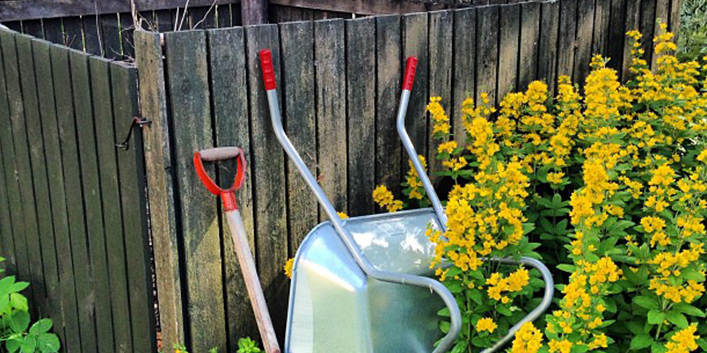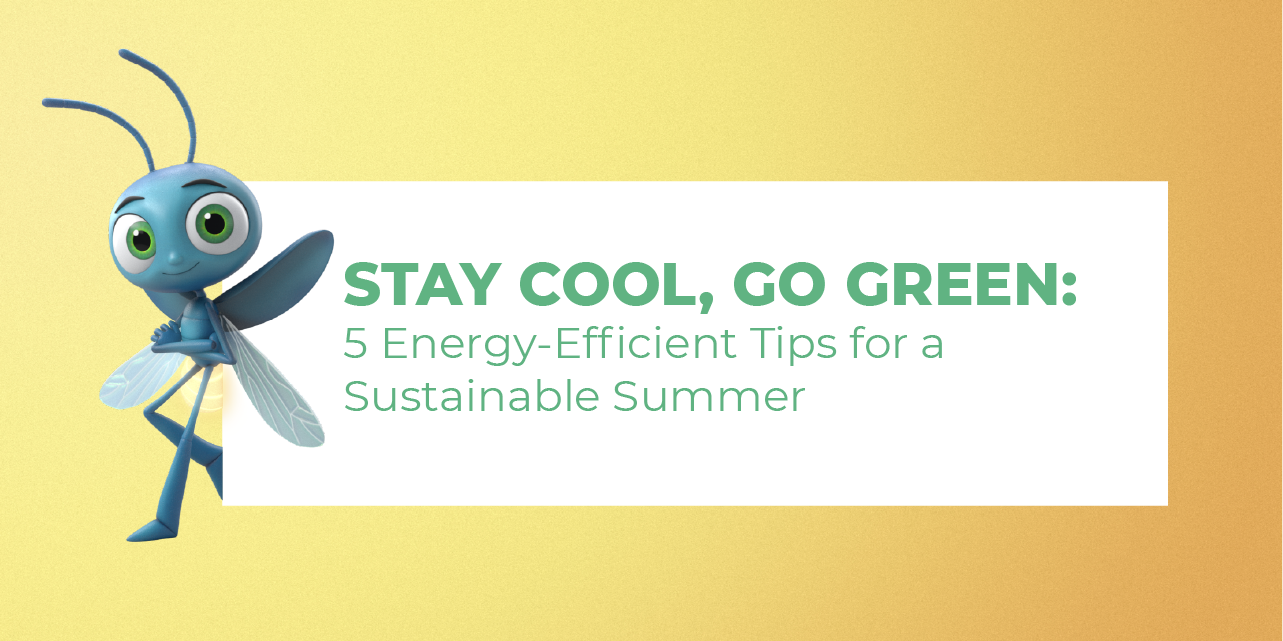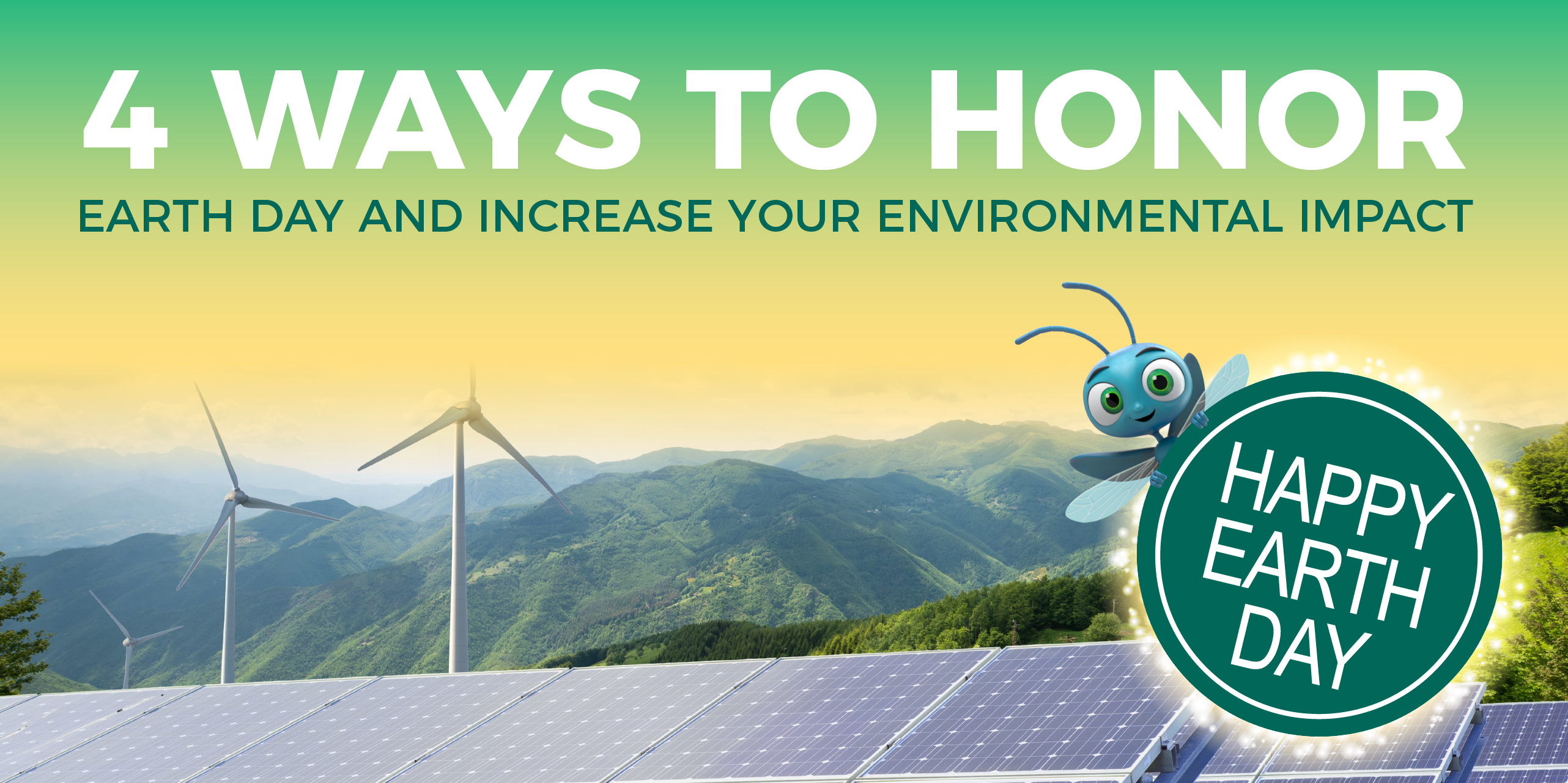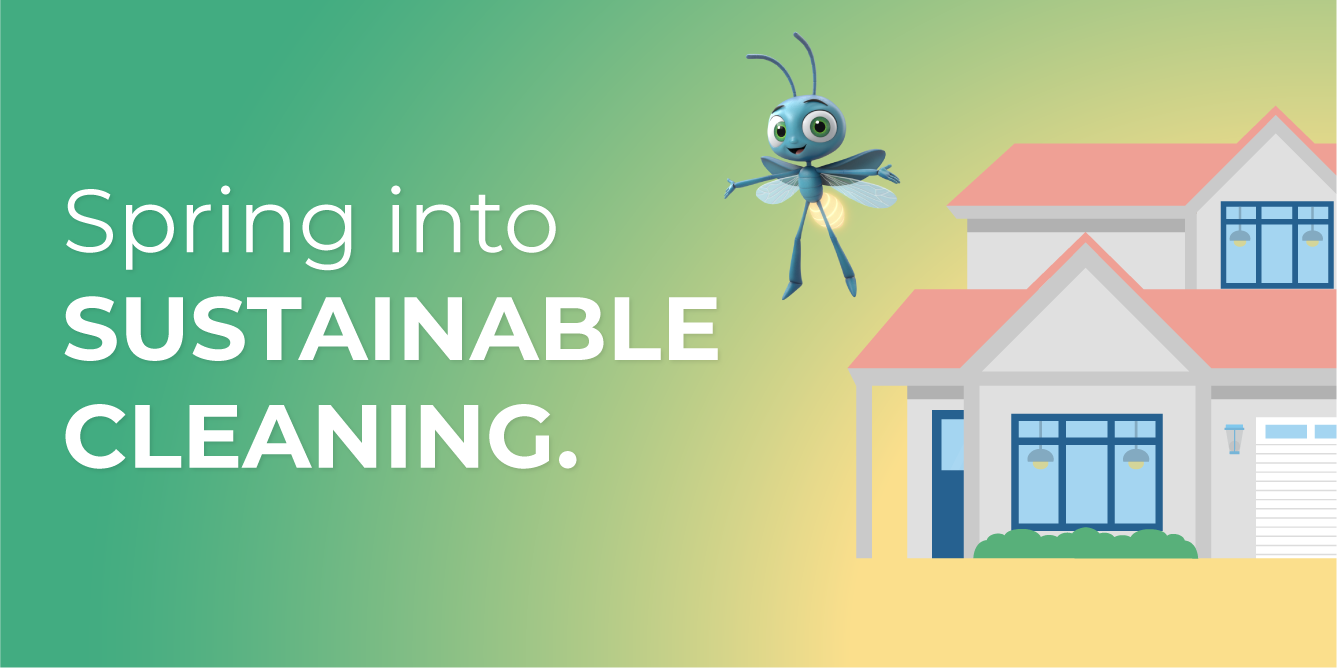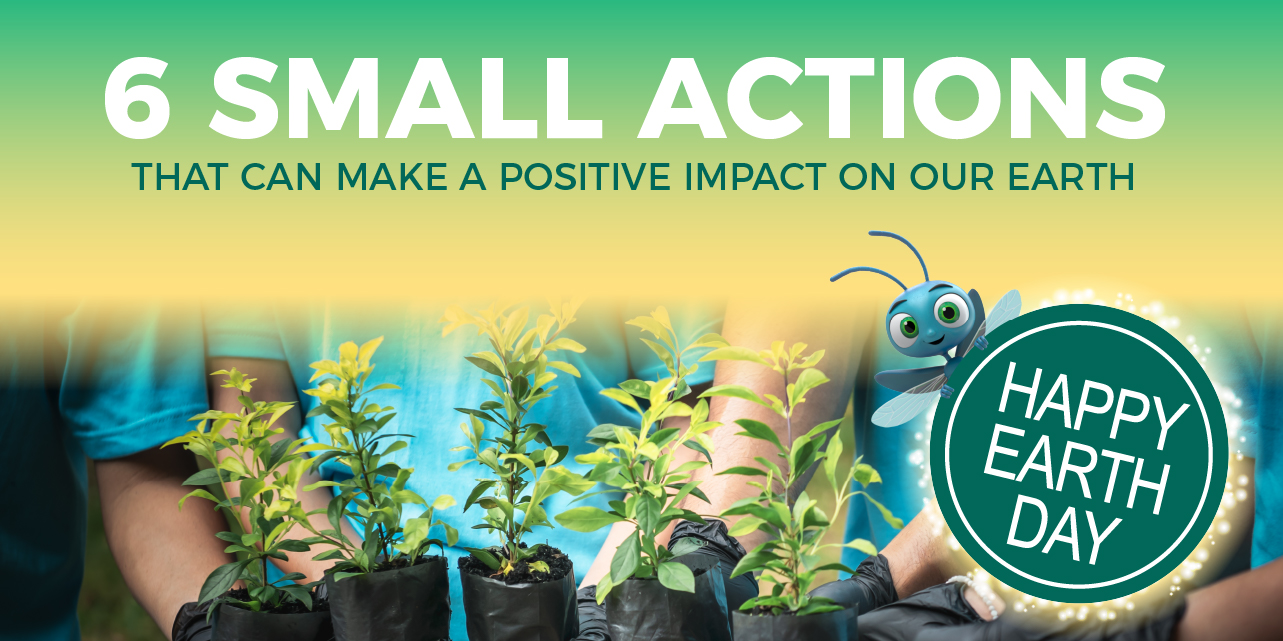Spring has arrived, and it’s starting to warm up a bit. You’ve probably refreshed the flower beds in your garden and started to strategize about how to keep them healthy through the summer heat. Did you know that one of the healthiest components for your garden could be in your kitchen sink?
Enter composting and its many benefits. It provides nutrients and moisture for your soil, similar to mulch but less expensive. Not to mention, it’s a great way to reuse what would otherwise be deemed as kitchen waste. May 29 is Learn About Composting Day, so we’re giving you the inside scoop on how to get started with your own compost.
First, find a composting bin; you could start with a heavy-duty garbage can. Make sure your bin has holes at the bottom so that it’s aerated. Next, lay straw or twigs at the bottom to help with drainage. You need to add your compost in layers, alternating moist materials with dry materials. As a general rule, make sure you have a one-third-nitrogen to two-thirds-carbon ratio in your compost. This chart is a great resource for understanding how the ingredients work together and for classifying the carbon levels of your ingredients. Finally, add grass clippings, wheat grass or any other nitrogen source to activate the compost pile and to speed up the process. Occasionally add water, and voila – you have a composting pile. One thing to note is that you’ll want to cover your compost pile. This helps the soil remain moist.
Once your compost pile is set up, you’ll need to turn the mixture every so often. This gives your compost pile oxygen, which helps turn the compost into a good source of soil for your flower beds. When your compost becomes black and earthy and most of the material that was added is unidentifiable, you know it’s ready to use. Happy composting!
Find a clean electricity plan that meets your household’s needs.
Enter your ZIP code to get started.


